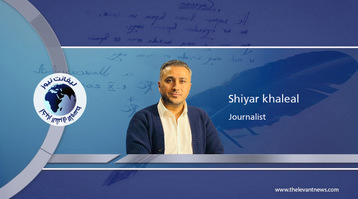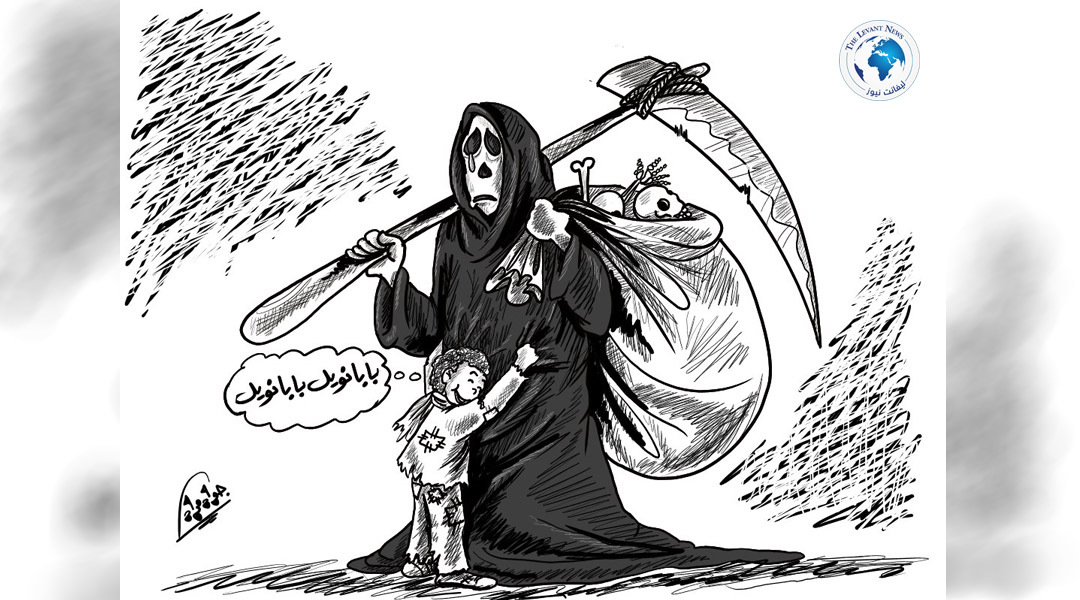-
Syria... Walking a Tightrope

Dr. Ibrahim Jalal Fadloon
Despite these complexities, and after 14 years of fierce civil war, the current Syrian government does not appear willing to be dragged into great power conflicts, fixed alliances, or intense rivalries. Although it is now at the heart of a new struggle, Damascus remains open to any party willing to contribute to reconstruction, provided they do not impose conditions that undermine Syria’s sovereignty—sovereignty that has been repeatedly violated by Israel and the United States, which over the decades have continually sought to bring Syria within their sphere of influence, without success. Today, more than a third of the country in southern Syria is occupied by foreign forces, with Mount Sheikh and the surrounding areas also under occupation, in the face of desperate efforts by the fragile new government to avoid becoming trapped in a confrontation between East and West.
This comes amid fierce competition among the three major global powers America, Russia, and China—each vying for influence in this slowly recovering state that has endured prolonged and devastating chaos.
Israel exploited the opportunity and swiftly advanced into the Syrian Golan Heights. Israeli Prime Minister Benjamin Netanyahu proudly announced the collapse of the 1974 Separation of Forces Agreement with Syria, under the pretext of Syrian military withdrawals from certain positions. He ordered his forces to seize Mount Sheikh to ensure the security of the Golan towns and Israeli citizens.
Geopolitically, faced with this vacuum, the fall of Bashar al-Assad’s regime in December 2024 marked the end of an era that lasted for decades. It created a rare opportunity for international powers—long outside direct influence in Syria—to reshape the rules of engagement. The major powers, each competing fiercely, began to impose new influence within the emerging Syria, under the governance of Sheikh al-‘Ashr, the former head of Hayat Tahrir al-Sham, who was approved by Washington, which achieved its goal. This was facilitated by the shift of Damascus’s leadership, which announced its openness to the West and effectively severed its ties with Iran and Russia, while simultaneously reducing Chinese influence—an opportunity Western countries are seeking to exploit through deepening relations with Damascus.
This shift was marked after the visit of U.S. President Donald Trump to Saudi Arabia and his meeting with Sheikh al-‘Ashr. It was followed by the lifting of most sanctions on Syria, not merely symbolic gestures but indicators of the establishment of a new relationship driven by mutual interests—though unequal. Despite this significant Saudi initiative, Sheikh al-‘Ashr entered a "American dependency system," believing this to be "the only option to remain in power and ensure stability for his regime and country." Consequently, he sought to keep Russia out of Syria and, of course, to prevent any Chinese influence. Moscow is looking for a foothold, while China seeks investment opportunities and aims to expand its influence in post-Baathist Syria, particularly through its Belt and Road Initiative.
Syria’s urgent need for reconstruction makes it receptive to funding from China or other resource-rich countries. However, Damascus, while striving to restore its collapsing economy, recognizes that its survival depends partly on support from Washington, though it does not want to be fully beholden to it. The reshaping of post-Assad Syria is ultimately less about declaring loyalty and more about a calculated attempt to stay secure and survive.
You May Also Like
Popular Posts
Caricature
opinion
Report
ads
Newsletter
Subscribe to our mailing list to get the new updates!




















